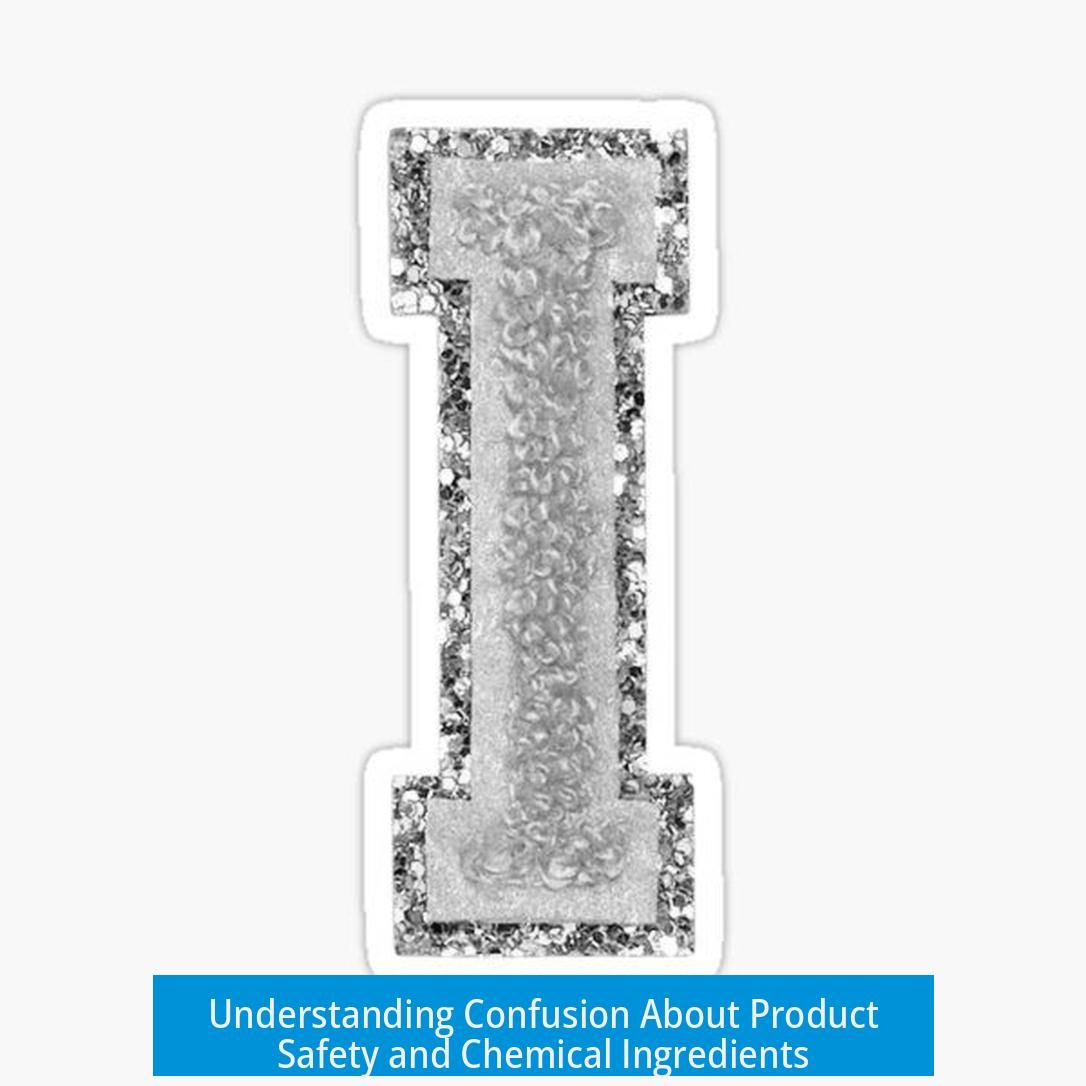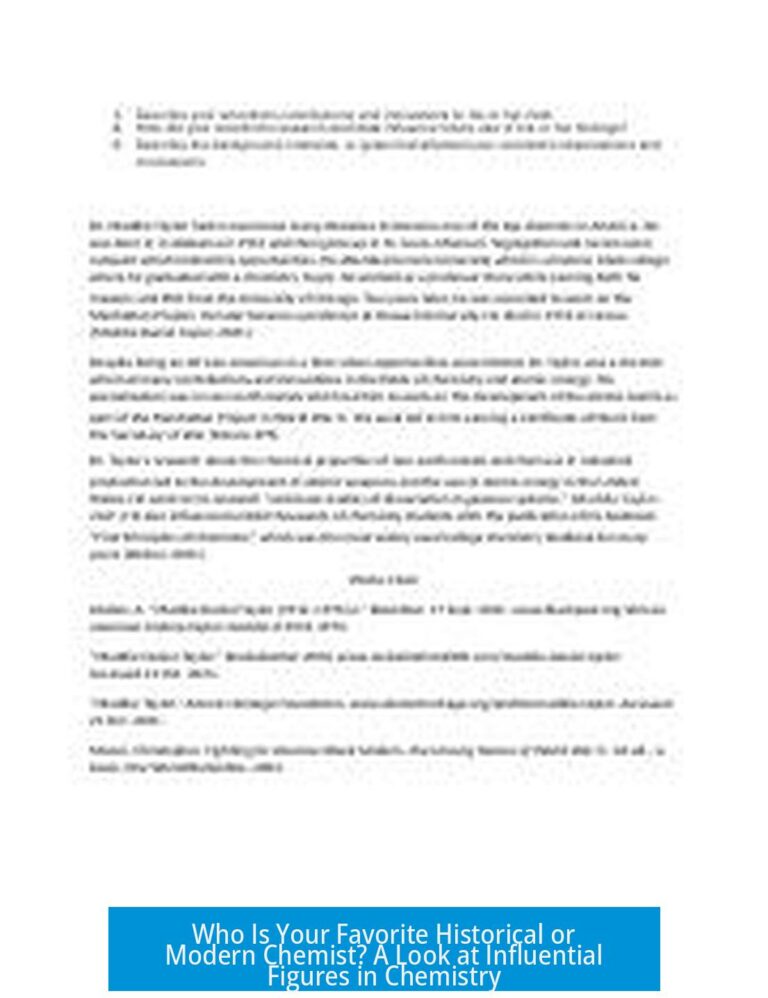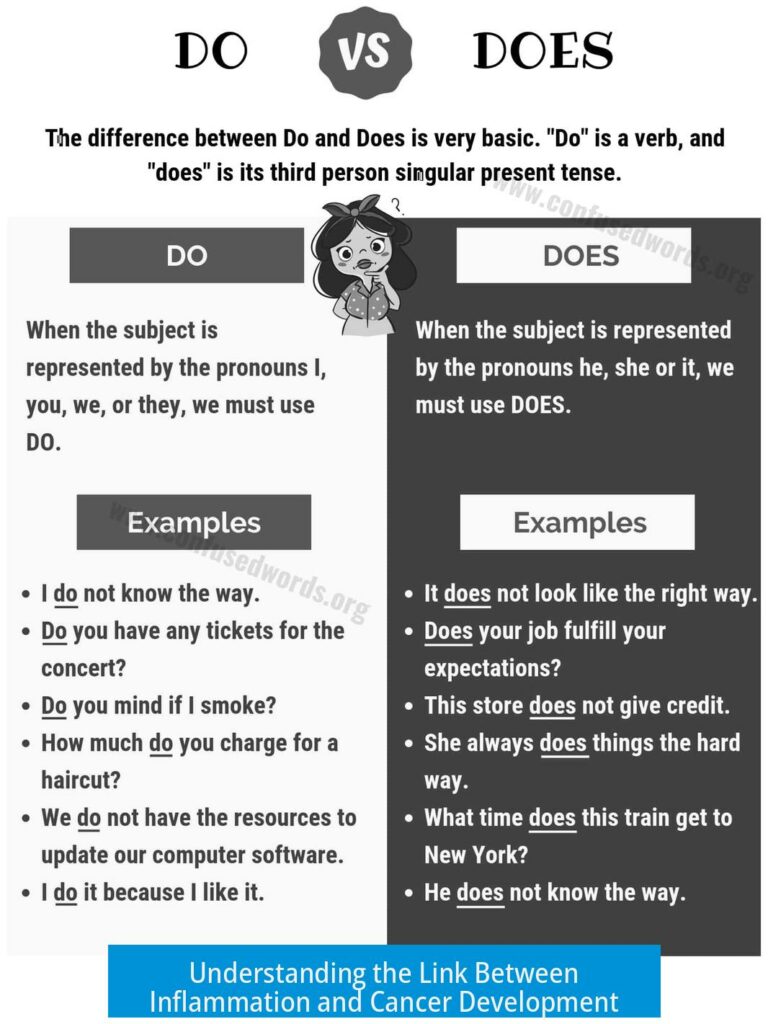Understanding Confusion Around Product Safety and Chemical Ingredients
The confusion stems from unclear safety documentation, ingredient substitutions, complex chemical reclassifications, and inconsistent consumer guidance. These factors combine to create doubt about product safety, regulatory compliance, and proper use.
1. Confusion Over Incomplete Safety Data Sheets (SDS)
Safety Data Sheets serve to inform consumers and workers about product hazards and handling precautions. However, when an SDS is poorly prepared, it creates mistrust and misunderstanding.
- Examples show SDS documents missing essential regulatory information in key sections.
- Section 1 often lacks proper product identification details.
- Sections 2 and 3 do not comply with global harmonization standards for hazard classification.
- Disclaimers sometimes contradict regulatory norms, adding to consumer skepticism.
This incomplete or inaccurate SDS signals either regulatory non-compliance or company negligence. Consumers question if the company truly understands how to protect users. This doubt erodes trust and incites anxiety about product safety.
2. Ingredient Substitution Fuels Consumer Uncertainty
Companies regularly replace controversial ingredients with analogues to avoid negative perceptions while maintaining performance. This strategy creates confusion instead of clarity.
| Original Ingredient | Substitute Analogue | Rationale | Consumer Impact |
|---|---|---|---|
| BPA (Bisphenol A) | BPS, BPF (Bisphenol S, F) | Reduce health controversy and regulatory scrutiny | Consumers unaware substitutes may have similar risks |
| HEMA (Hydroxyethyl Methacrylate) | IBMA (Isobornyl Methacrylate) | Allegedly less harmful or less regulated variant | Unclear safety differences confuse users and experts |
This practice obscures true chemical exposure. Label claims like “BPA-free” mislead some consumers. Without full transparency, users can’t assess safety objectively.
3. Regulatory Reclassification Adds Complexity
Certain chemical classes, such as (meth)acrylate monomers, undergo ongoing regulatory reassessment. Hazard designations can change with new test data.
- Compounds once labeled as irritants may be upgraded to toxic or carcinogenic categories.
- Example: HEA replaced by HEMA to reduce hazard; now HEMA faces reclassification risks.
- IBOA (Isobornyl Acrylate) undergoing similar scrutiny as IBOMA (Isobornyl Methacrylate).
This continual evolution creates moving targets for consumers and manufacturers. Safety narratives shift frequently, generating confusion about current risks.
4. Complex Formulation Chemistry Obfuscates Understanding
Products contain multifaceted chemical blends performing different roles:
- Solvents to dissolve ingredients
- Adhesion promoters for surface bonding
- Multifunctional monomers enabling polymerization
- Photoinitiators to trigger curing under UV light
- Polymers forming solid materials
- Colorants adding visual appeal
This complexity challenges non-experts to grasp product function and safety. Lack of clear labeling or user instructions compounds this effect. For example, uncertainty about whether the product needs UV curing leads to improper use and risk.
5. Strong Negative Warnings Increase Anxiety
Direct statements like “Stay away from this product” or labeling components as carcinogenic without qualification intensify consumer fear.
While vigilance helps safety, alarmist language combined with unclear SDS documents causes confusion rather than informed caution.
Key Takeaways
- Incomplete Safety Data Sheets undermine consumer confidence and suggest regulatory non-compliance.
- Ingredient substitutions pose transparency challenges; analogues may have unknown or similar hazards.
- Ongoing chemical reclassifications create shifting safety standards that confuse users.
- Complex formulations and insufficient usage guidance increase uncertainty about safe handling.
- Alarmist warnings without balanced context fuel anxiety rather than constructive caution.





Leave a Comment